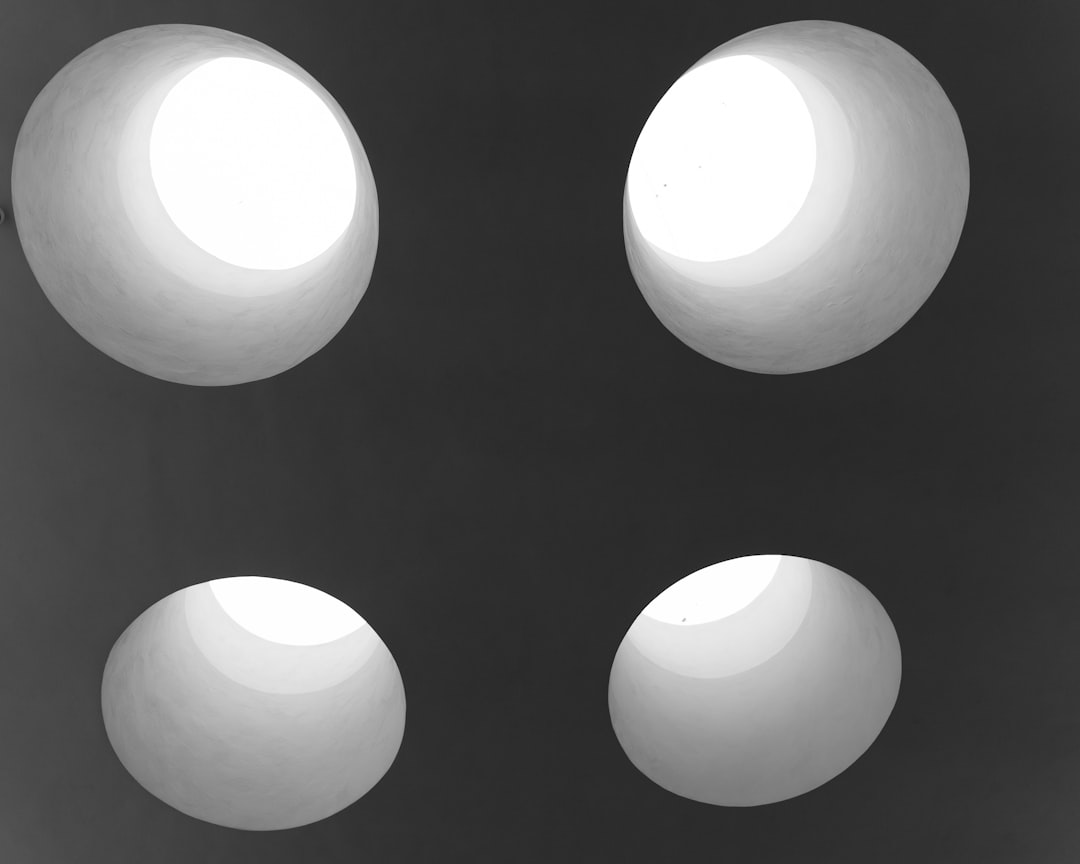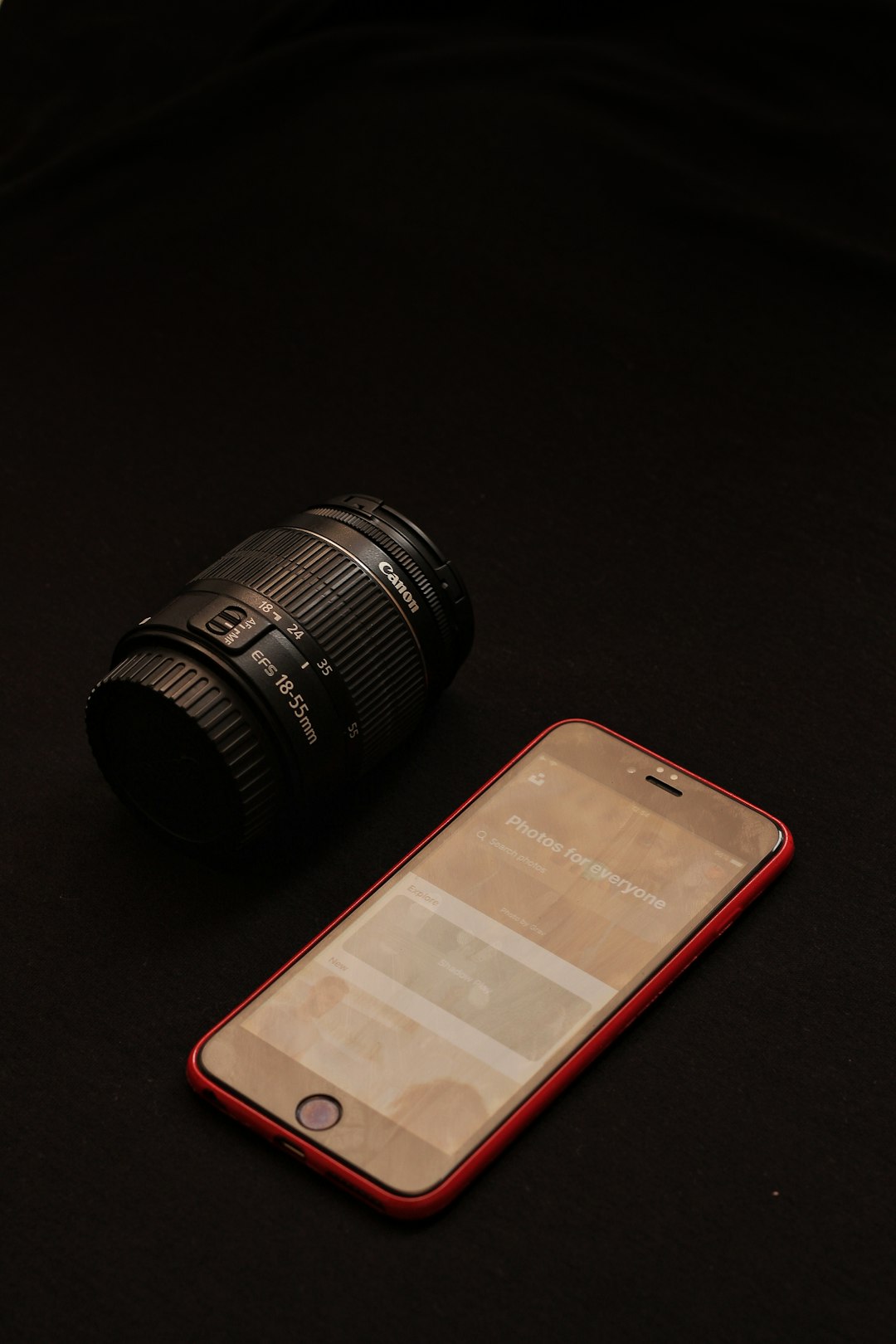Since the release of the Samsung Galaxy S21 Ultra in early 2021, smartphone photography enthusiasts have been fascinated by its powerful zoom capabilities. Fast-forward two years, and Samsung’s flagship has evolved into the Galaxy S23 Ultra — a phone that promises even more refined hardware, software, and imaging advancements. But just how much better is the zoom on the newer model? In this comprehensive test, we compare the Galaxy S21 Ultra and the Galaxy S23 Ultra in a series of real-world and controlled zoom scenarios.
Zoom Technology: A Brief Overview
Before diving into the results, it’s important to understand how each phone approaches zooming. Samsung has packed both models with impressive telephoto hardware designed to cater to different zoom ranges without compromising image quality.
- Galaxy S21 Ultra: Features two separate telephoto lenses — one at 3x optical zoom and another at 10x periscope optical zoom. Beyond these limits, digital zoom steps in, reaching up to 100x with Samsung’s Super Resolution Zoom.
- Galaxy S23 Ultra: Mirrors the same telephoto setup — a 3x optical zoom lens and a 10x periscope. However, it benefits from a new 200MP main sensor and improved processing through the Snapdragon 8 Gen 2 for Galaxy, which claims to deliver superior clarity in digital zoom ranges.
Zoom Test Scenarios
To assess and compare zoom performance, we carried out a variety of tests under different lighting and scene conditions. The categories included:
- Daylight landscape zoom from 1x up to 100x
- Low-light urban zoom
- Stability and detail retention at longer ranges
Testing was conducted side-by-side, using a tripod to eliminate shaking and identical framing for consistency. Let’s explore the detailed results.
1. Daylight Performance: 1x to 30x
At lower zoom levels (1x through 10x), both phones performed admirably. The differences between them were only noticeable upon closer inspection.
- 1x – 3x: Both devices delivered excellent sharpness and color accuracy, but the S23 Ultra had marginally better dynamic range and contrast, especially in shadow areas. The new 200MP sensor likely plays a part in producing cleaner images even when digitally cropped.
- 10x: This is where the differences began to show more clearly. The S21 Ultra’s 10x optical lens produced detailed results, but the S23 Ultra’s processing refined the textures further, particularly in foliage and building textures. Edge clarity was noticeably better in the S23 Ultra.
Moving beyond 10x up to 30x zoom, software and stabilization enhancements become increasingly important.
- 30x: The S23 Ultra retained more sharpness with significantly reduced noise. While the S21 Ultra still produced a usable image, it suffered from harsher sharpening artifacts. Samsung’s AI-based image stacking on the S23 allowed significant improvements in texture retention and color fidelity.

2. Extended Zoom: 50x to 100x
This is where the test became particularly interesting and consequential for users who regularly need extreme telephoto functionality — such as nature photographers or anyone capturing distant subjects.
- 50x: The S21 Ultra produced a believable shot, though fine details like branch structures or distant signage lost clarity. In contrast, the S23 Ultra offered a surprisingly solid image with discernible textures, better color balance, and markedly reduced noise.
- 100x: At this range, both systems rely heavily on digital processing to create a plausible image. The S23 Ultra, however, generated a noticeably crisper photo. Text on distant signs, which was unreadable on the S21 Ultra, became legible on the S23 Ultra. AI-based enhancements once again came into play, and the benefits of newer image algorithms were evident.

3. Low-Light Zoom Capabilities
Zooming in low-light environments presents a significant challenge even for high-end cameras. The results from this test category showed a distinct separation between the two models.
- 3x – 10x in low light: The S21 Ultra struggled to eliminate noise and preserve highlight areas. The S23 Ultra, meanwhile, leveraged multi-frame processing more effectively and handled tonal transitions more gracefully. Colors appeared more realistic and lighting artifacts were minimized.
- 30x and beyond: Images from the S21 Ultra were largely unusable at these zoom levels in low light due to excessive grain and smear effects. The S23 Ultra fared better, though even it produced only semi-usable results beyond 50x in darkness. It’s clear that optical performance alone doesn’t dictate low-light success — sensor size and AI processing are crucial factors as well.
4. Stabilization and Usability
Samsung’s zoom stabilization software, part of its “Zoom Lock” feature, aims to lock onto subjects at higher zoom levels. Both devices have this capability, but the S23 Ultra manages subject tracking much more fluidly. It took less time to steady the frame, and micro jitters were less noticeable when handheld. This makes the S23 Ultra more usable in handheld ultra-zoom conditions, reducing frustration for everyday users.
Conclusions: Which Phone Wins the Zoom Test?
Both the Galaxy S21 Ultra and the Galaxy S23 Ultra offer cutting-edge zoom systems, and launch buyers of the older model are still rewarded with an impressive tool. However, our analysis shows a consistent, measurable improvement in the newer generation.
Key Strengths of the S23 Ultra in Zoom Performance:
- Superior image processing at higher zoom levels thanks to advanced AI and ISP updates
- Noticeably improved clarity and definition beyond 30x zoom
- Better low-light zoom, especially in the 3x to 10x range
- Newer stabilization tech offers smoother experience during handheld captures
Why the S21 Ultra Still Holds Value:
- Delivers excellent results at 3x and 10x optical levels
- Up to 30x zoom is serviceable for casual users
- The 100x option still functions reasonably well for occasional, static shots

Final Verdict
In this direct comparison, the Galaxy S23 Ultra comes out as a clear winner in the zoom category — not because of radically improved hardware, but due to significant advances in computational photography. If extreme zoom photography is important to you and you frequently work in challenging environments, the S23 Ultra offers a more reliable, versatile, and refined experience overall.
Yet, for Galaxy S21 Ultra users, the story isn’t grim. The core hardware remains competitive, and everyday use continues to yield excellent results up to mid-zoom levels. The decision to upgrade should depend on how frequently you find yourself pushing those 50x to 100x limits.